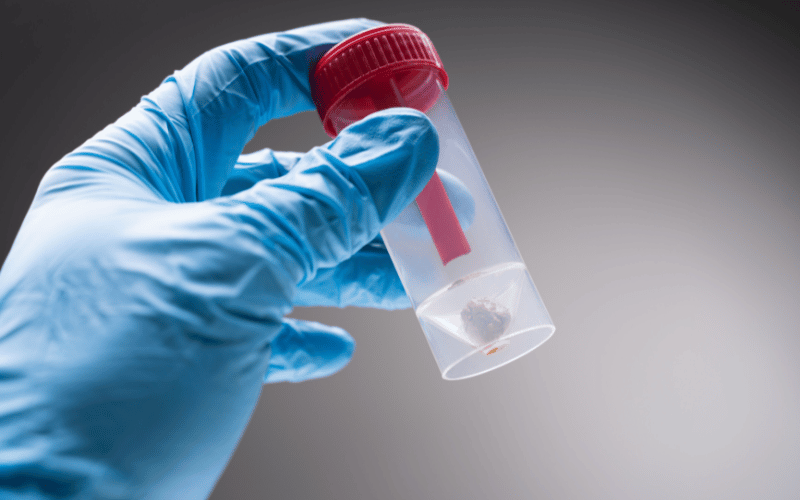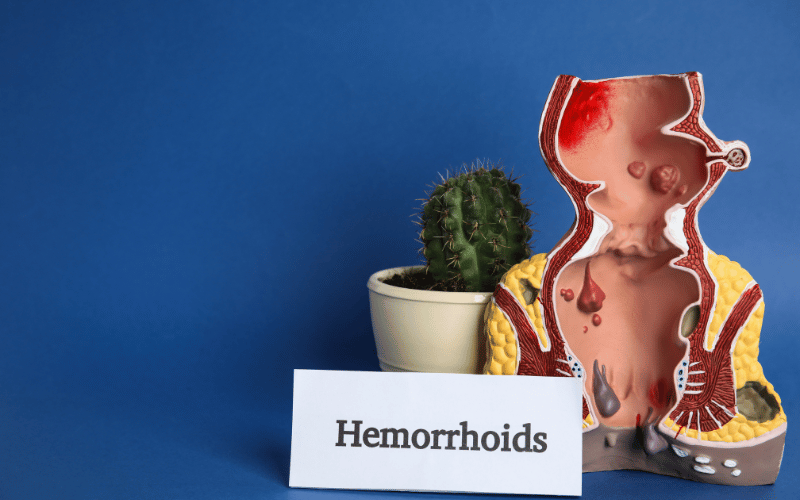Introduction
The sudden and unexpected appearance of blood in one’s stool is, without a doubt, a disconcerting experience. This sight can send shivers down the spine, leading many to jump to worst-case scenario conclusions. Yet, many causes range from benign to more serious, making it essential to gain knowledge about the possible reasons to approach the situation rationally.

For many, blood in the stool, medically termed as “hematochezia”, brings forth the fear of severe underlying conditions, including the dreaded word: cancer. However, more often than not, the cause is relatively benign and can be addressed with minimal intervention. But it’s undeniable that early detection and understanding can play a pivotal role in managing more severe conditions.
Why does this symptom occur? The gastrointestinal tract, which starts from the mouth and ends at the rectum, plays a crucial role in digestion. At times, due to various reasons, there might be disruptions in its function, leading to the presence of blood in the stool. The origin, amount, and consistency of blood can offer clues about the underlying cause. For instance, bright red blood usually indicates issues in the lower digestive tract, while darker, tarry stools (melena) suggest problems in the upper digestive tract.
Moreover, the lifestyle choices we make, including our diet, physical activity, and medication, can influence our gastrointestinal health. Sometimes, the cause might be as simple as having consumed certain foods or beverages, leading to a temporary change in stool color. However, at other times, persistent symptoms might necessitate a more in-depth look. With that backdrop, let’s journey through the 10 most common causes of blood in the stool.
Cause 1: Hemorrhoids

Hemorrhoids, commonly referred to as piles, are swollen veins found in the rectal and anal region. These inflamed blood vessels are often likened to varicose veins, which are found on the legs. But unlike the latter, hemorrhoids are concealed, making them less visible but more discomforting.
The inception of hemorrhoids is usually attributed to increased pressure in the lower rectum. This can arise from a myriad of factors. For instance, frequent constipation or diarrhea can precipitate this condition. Prolonged sitting, especially on the toilet, can also exacerbate the situation. Add to that, pregnancy, due to the pressure of the growing uterus, can lead to the development or worsening of hemorrhoids.
Symptoms, though varied, often revolve around discomfort. The presence of painless bleeding during bowel movements is one of the most common signs. The blood is typically bright red and may be noticed on the toilet paper or dripping into the toilet bowl. Some individuals also complain of itching or discomfort around the anal region. In some cases, one may feel a lump near the anus, which can be tender or painful.
Managing hemorrhoids revolves around a blend of lifestyle adjustments and medical treatments. On the lifestyle front, consuming a high-fiber diet, drinking plenty of fluids, and avoiding straining during bowel movements can make a world of difference. From the medical standpoint, over-the-counter creams, ointments, pads, or other treatments can provide relief. In severe cases, minimally invasive procedures or surgeries might be the recommended route. (1)